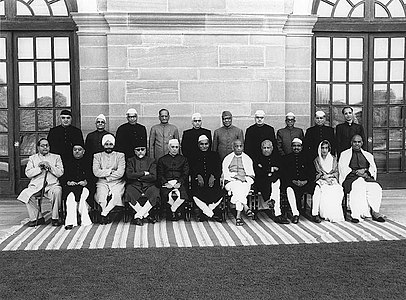Elections are over……
New Delhi is getting ready in the
formation of cabinet. A debate on strength of ministerial berths
On July 7, 2004 the 91st Amendment to the Constitution
took effect. This meant that from that day on, the size of the Council of
Ministers at the Centre and in the states could not exceed 15% of the members
in the Lok Sabha or state legislatures. The logic underlying this amendment was
quite obvious. The cost factor was not the issue, for in relation to the
overall cost of government. Expenditure on ministers is miniscule. The real
problem is that with unlimited ministerships on offer, the destabilization of
governments made easier.

Even the National Committee to Review the working of
the Constitution (NCRWC), set up by the Atal Behari Vajpayee government, which
recommended that the number of minister “be fixed at the maximum of 10 percent
of the total strength of the popular House of the Legislature”.
Whatever be the reason for the ceiling, good
governance or management principles seem to have little to do with it. We have
543 MPs in the Lok Sabha, which means that we can have up to 81 ministers in
New Delhi. With 787 MPs in both Houses, that means almost one in 9 MPs can
expect to be a minister. The states have in all 4,020 MLAs; opening up
possibilities for around 600 ministerial berths for 4,487 MLAs and MLCs. Uttar
Pradesh has the biggest Legislative Assembly with 403 MLAs, while Sikkim at the
other end of the spectrum has to make do with just 32 MLAs or just 5 ministers.
This was not the case 50 years ago. Jawaharlal Nehru's
first cabinet there was only one minister for Food and Agriculture. The only
agriculture related function not with this Minister was irrigation. Gulzarilal
Nanda held the portfolio of planning, irrigation and power. But in those days
additional power was intended primarily from the hydel projects and it does
possibly made sense to have irrigation outside the Food and Agriculture
ministry.
K.S.Radhakrishnan.
24-05-2019

No comments:
Post a Comment